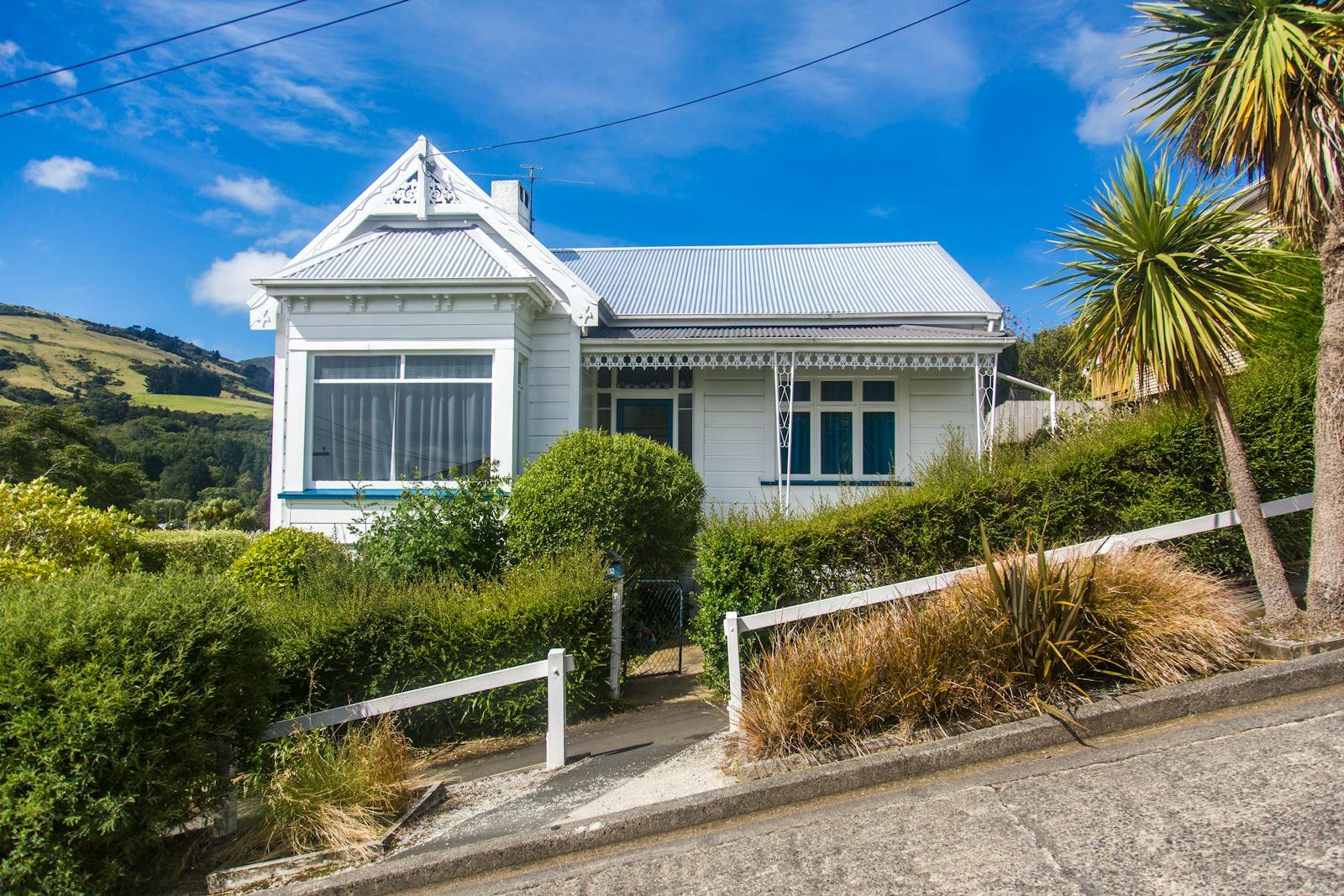Summary
- “Cool roofs” are the most effective way to reduce air temperatures in cities during heatwaves
- In London, cool roofs lowered outdoor temperatures by 1.2°C over a two-day period
- Solar panels, green roofs, and trees are less effective at cooling the air compared to cool roofs
- Cool roofs are a low-cost and easily deployable intervention for climate adaptation in cities
Painting rooftops white or covering them with a reflective coating is the best way to reduce air temperature in a city like London during a heatwave. These “cool roofs” should perform better than solar panels, green roofs or adding more trees at ground level.
Oscar Brousse at University College London and his colleagues ran climate simulations to see how London’s temperature during the two hottest days of summer in 2018 would have changed if the city had made widespread use of cooling measures, from cool roofs to air conditioning, along with solar panels, which have a cooling effect. Temperatures that summer peaked at 35.6°C (96.1°F).
Cool roofs outperformed all other interventions, the team found, lowering average outdoor temperatures in the city over the two-day period by 1.2°C, and by as much as 2°C in certain locations. By comparison, additional tree cover only curbed air temperatures by about 0.3°C, while solar panels lowered temperatures by 0.5°C.
The study also found that widespread use of air conditioning might keep internal temperatures cool, but would boost outdoor air temperatures by up to 1°C in parts of central London.
Read the full post at New Scientist.





